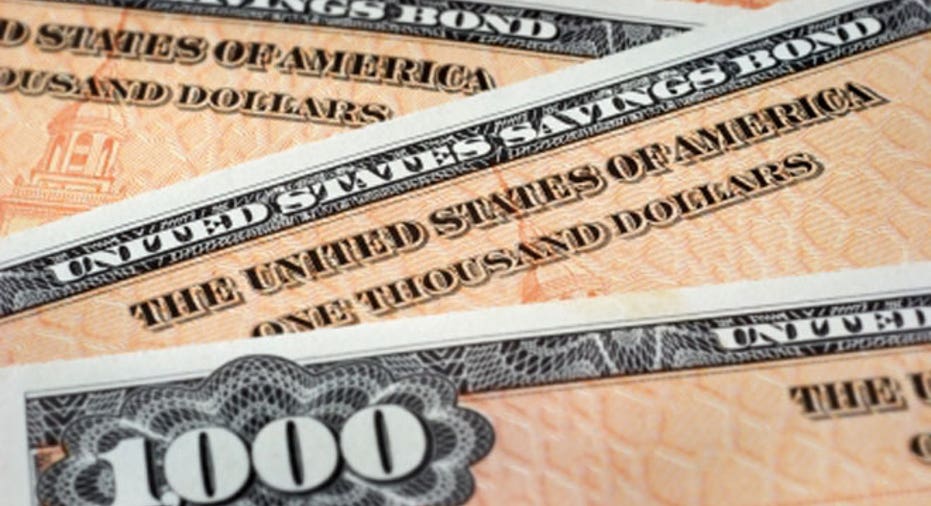Bond Yields Hit 7-Month High

Investors tend to equate volatility with stocks. However, the bond market can suffer from the same volatile influences. Bond yields rise as prices drop, and those prices are sensitive to demand in the same way that stocks are.
We are going through a relatively turbulent period in bonds as investors are trying to make sense out of mixed global economic signals and fearing being caught unawares by a bear market. As of this writing, bonds worldwide are in a selloff period, driving prices lower and yields higher. Reuters reported that the benchmark ten-year U.S. Treasuries reached a seven-month high in yield, hitting a peak at 2.5% on Thursday, June 11th. By Monday, June 15th, the yield had already returned to nearly 2.31%.
Why such volatility? In this particular case, Reuters reported that the supply was flooded by a selloff of German Bunds and a large increase in corporate and government-issued debts, with over $18 billion in investment-grade debt issued by corporations in the three days prior. That in turn triggered a further selloff of U.S. Treasuries and government issues from Japan, driving bond prices down and yields up to their new peak.
Central banks worldwide viewed this as a buying opportunity and moved in to pick up the slack. While we may be concerned about Treasury yields within the U.S., they generally offer the highest yields of all the bond markets in the developed world. Foreign banks already held $3.028 trillion of the $12.7 trillion Treasury market, with $72 billion of that coming in the last seven weeks during the selloff period.
While central banks are helping to dampen the volatility with their purchases at the moment, there is no guarantee how long that will continue into the future. Liquidity in the bond market is a major concern. Bonds are not the safe investment they are considered to be if nobody is interested in buying them when you need to sell. That type of risk is more indicative of corporate debt than government-issued bonds.
Consider that the Federal Reserve is still sitting on an enormous amount of bonds from the economic stimulus programs. The Fed holds $2.46 trillion in Treasury issues as of May 27th, over five times the value of bond holdings at the end of 2009. The Fed balance sheet can hold those Treasuries for some time, but eventually, some of those bonds must be bled back into the market, increasing pressure on bond yields.
For the average investor, this correlates to an increase in borrowing costs. Recall that a major intent of the Fed stimulus was to keep interest rates artificially low to increase business investments and create jobs. Arguably, the interest rates are low, and bond yields really should be higher than they are in a healthy economy.
In other words, we are overanalyzing the trees and missing the forest. There has not been a significant bear market in bonds since 1981, when the yield on the ten-year Treasury hit a record high at 15.84%. Meanwhile, we are concerned about seven-month highs at 2.5% when the ten-year Treasury was at 4% in 2011. Many investors today do not know what an honest-to-goodness bear market looks like.
There will be a bear market in bonds someday; the big question is when. Unfortunately, it is increasingly difficult to determine which series of events will finally trigger the selloff that reaches the tipping point on demand. Right now, it seems likely that Fed actions will have the most dramatic effect on the bond market. We suggest keeping close tabs on their movements until interest rates start to normalize in the future.
As for individual bond holdings, keep them in perspective. Bonds still have a place in your portfolio as a lower risk alternative to stocks, even with today's incredibly low yields. Just adjust the risk upward a bit as you rebalance your portfolio.



















